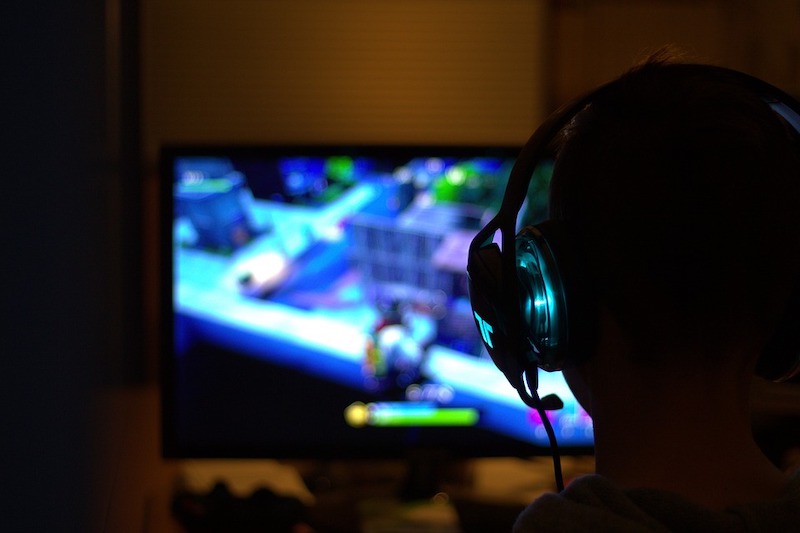Gaming in Therapy: An Introduction
-
-
Catherine Knibbs
What is gaming therapy, and how can it work within – rather than against – talking therapy? Ahead of a training in being a ‘tech ready therapist’, psychotherapist and technology enthusiast Catherine Knibbs introduces some current uses of computer games in therapy, from neurofeedback to narrative storytelling

As a self-confessed Geek/Computer Nerd, technology enthusiast and technician by previous trade, I am well versed in all things digital and cyber. So this world feels like home to me. But I am fully aware that, when I begin to discuss the implications of technology and its advances into therapeutic practices, I often leave people looking like the shocked kitty meme (an image of a cat with mouth wide agape).
So let’s start small, with current uses of technology in therapy, and how they can help us, especially in working with trauma. Here is a list of some of the tech I use in my practice as a trauma therapist.
Fairly simple biofeedback
This includes heart rate variability apps, which clients can learn to use outside of the therapy room to help with coherence and regulation, and a computer game using Jet Skis and wearable Bluetooth devices. The latter allows the user to track their breathing whilst playing the game and change their HRV in line with the work of Stephen Porges to help them attain a regulated and balanced autonomic nervous system. Even if they only manage it within the sessions, it’s a good place to start and create much more neuroceptive/bodily awareness.
Simple neurofeedback
In line with Bessel Van Der Kolk, Sebern Fisher and principles from neuroscience, this involves a headband that children and adults can wear (and, in the words of one adult client, “look like Geordi La Forge” – Star Trek reference there). This allows the client to work with real-time feedback, helping them track their brain waves and learn what a calmer brain state can feel like. Again, even if they only manage two minutes of change, this provides a starting block so that, the following week, they compete against themselves – which allows for exploration around autonomy, mastery and failure.
Emotion tracking software
Using this app, which can also be bought for their own smartphone, the client can track the progress/expansion of emotions currently known to them, and which ones they experience and can name on a daily basis. It allows the emotional intelligence lexicon and, often, emotional regulation to improve with use, in line with the work of Daniel Goleman, Dan Siegel, Louis Cozolino and Alan Watkins.
Computer games – from VR to the Wii
Gaming can include Virtual or Augmented reality (VR and AR respectively) and the use of computer/online games using consoles such as the Wii or latest Xbox/PS4. VR and AR can be used to take clients on a journey of phobia reductions, or scenarios relating to anxiety, trauma resolution and much more, as tech improves daily.
Age-appropriate computer games, played on consoles or iPads, can help you assess a client’s approach to their problem, through the use of narrative storytelling about the game, exploring who/what they are in the game or who the game characters represent in the client’s real or fantasy world. You can learn so much about the client’s frame of reference, beliefs and desires, and the talking never really stops just because tech is in the room. In fact, I have found that talking increases in complexity and frequency for young people when I use tech – and will be looking to do this as a piece of research once my PhD is complete.
The only caveat I offer for the above is that knowledge of ethics, cybersecurity risks and data protection issues is needed before bringing tech into the consultation/therapeutic relationship. But if you want to consider levelling up in your practice, consider tech. It really has so much to offer.
Catherine Knibbs will be running a training, Technology in Therapy: From Biofeedback to Computer Games and Apps – Are you a Tech Ready Therapist?, on Oct 5 in Wakefield. Her website is www.cybertrauma.com